Emergency lighting utilizes various types of batteries, with the primary ones being:
1. Lead-acid batteries: Historically prevalent in self-contained emergency lighting fixtures like twinspots, these were also extensively used in central battery systems. However, their usage in emergency lighting beyond these specific applications has significantly diminished in recent times.
A twinspot emergency light fitting. Till recently, most of these used sealed lead acid batteries, but other chemistries are now being used.
2. Nickel-cadmium (NiCd) batteries are prevalent in stand-alone emergency lighting fixtures and emergency conversion kits. Despite cadmium being highly toxic and among the six substances prohibited by the EU's RoHS Directive, an exemption exists for emergency lighting batteries. Until recently, there have been limited viable alternatives, hence the continued use of NiCd batteries in this context.
A stand-alone emergency exit sign. Most of these use nickel cadmium (NiCd) batteries, located inside the fitting.
Examples of NiCd batteries, as would be used in a conversion kit, used to turn a standard light fitting into an emergency light fitting. Each battery in these examples consists of 2, 3 or 4 cells.
3. Nickel metal hydride (NiMH) batteries are extensively utilized as substitutes for NiCd batteries in emergency conversion kits. They offer slight advantages in certain applications within this context.
A NiMH battery consisting, in this example, of 5 cells. Visually, the main difference is that NiMH cells are slimmer than NiCd cells.
4. Lithium batteries, available in various types, are increasingly popular for emergency lighting due to their numerous advantages over lead acid, NiCd, and NiMH batteries. As a result, their usage is rapidly expanding in this field.
Lithium iron phosphate (LiFePO4, or LFP) are very well suited for use in emergency lighting. When compared with alternatives such as nickel cadmium (NiCd) and nickel metal hydride (NiMH), lithium iron phosphate (LFP) batteries have several advantages:
Energy efficiency. LFP is more efficient than NiCd in two ways.
Self-discharge rates vary among rechargeable batteries. For LFP (Lithium Iron Phosphate) batteries, the discharge rate is only 3-5% per month, whereas NiCd (Nickel Cadmium) batteries can lose up to 20% per month thereafter (depending on temperature). Consequently, the charger in an emergency fixture equipped with NiCd or NiMH (Nickel Metal Hydride) batteries operates almost constantly, whereas in an LFP circuit, the charger works intermittently at low current.
Regarding charge efficiency, all batteries experience energy loss as heat during charging. LFP batteries exhibit very high charge efficiency at around 95%. In contrast, NiCd batteries demonstrate high charge efficiency primarily in the early stages of charging. However, once the NiCd battery reaches 70% capacity, it generates heat, causing charging efficiency to drop to approximately 85%. This discrepancy is noteworthy because under normal usage, a NiCd battery in an emergency light fixture undergoes continual trickle-charging to maintain it close to 100% capacity.
Long life
LFP batteries exhibit minimal memory effect, ensuring their performance remains nearly constant until they reach their end of life, typically defined as 70% of their rated capacity. Generally, an LFP battery maintains a lifespan of 8-10 years.
In contrast, both NiCd and NiMH batteries experience rapid declines in performance (power storage) with each charge/discharge cycle. As a result, they usually require replacement after 3 or 4 years. The mandatory routine testing of emergency lighting as per BS 5266 contributes to the shorter lifespan of NiCd batteries. Additionally, NiCd batteries in new construction projects often fail within the first year if they've been fully installed during the construction phase when mains power is typically completely switched off overnight. The nightly discharge and subsequent daily recharge significantly degrade NiCd batteries, potentially necessitating replacement within the initial year of use.
Extreme temperature performance.
High Temperatures: LFP batteries remain unaffected by ambient temperatures up to 60ºC, whereas NiCd and NiMH can only withstand 55ºC and 50ºC, respectively.
Low Temperatures: LFP batteries, NiCd and NiMH performs reliably down to -20ºC.
Environmental Impact: Cadmium, banned under the RoHS Directive due to its hazardous nature, is highly toxic to almost all animals and many plants. It persists in the environment as it does not readily combine with other elements to become harmless. Proper recycling with meticulous care is necessary for NiCd batteries. While LFP batteries also require recycling, the materials used are inherently less harmful than those in NiCd and NiMH batteries.
Lithium's Outlook: Lithium, especially lithium iron phosphate, is increasingly favored for its safety, cost-effectiveness, and efficiency. Its usage is on the rise not only in emergency lighting but also in various applications such as vehicles, indicating a promising and enduring future.

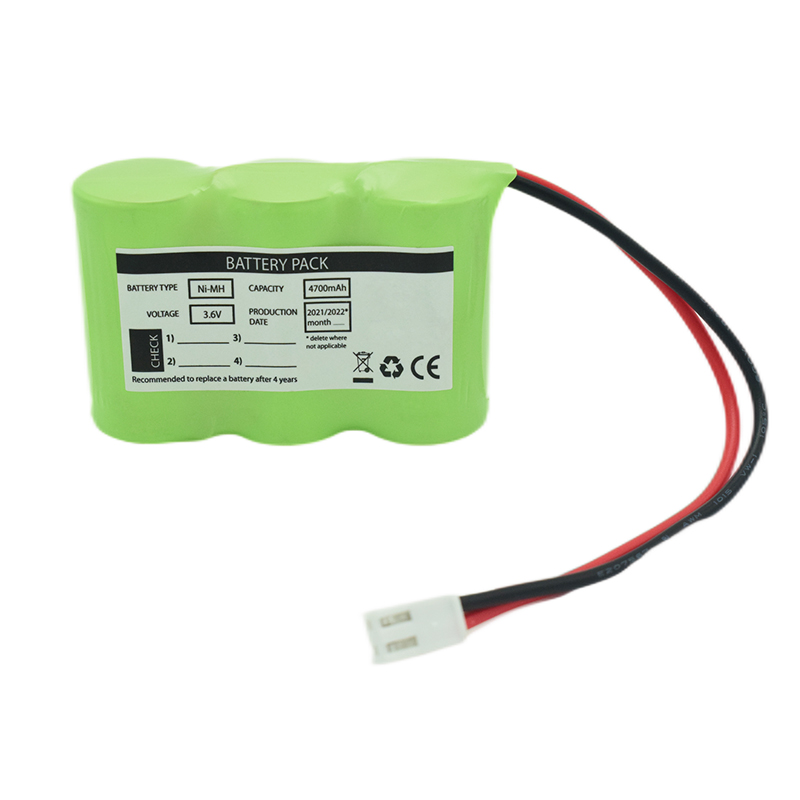 Ni-MH Battery C4700mAh 3.6V
Ni-MH Battery C4700mAh 3.6V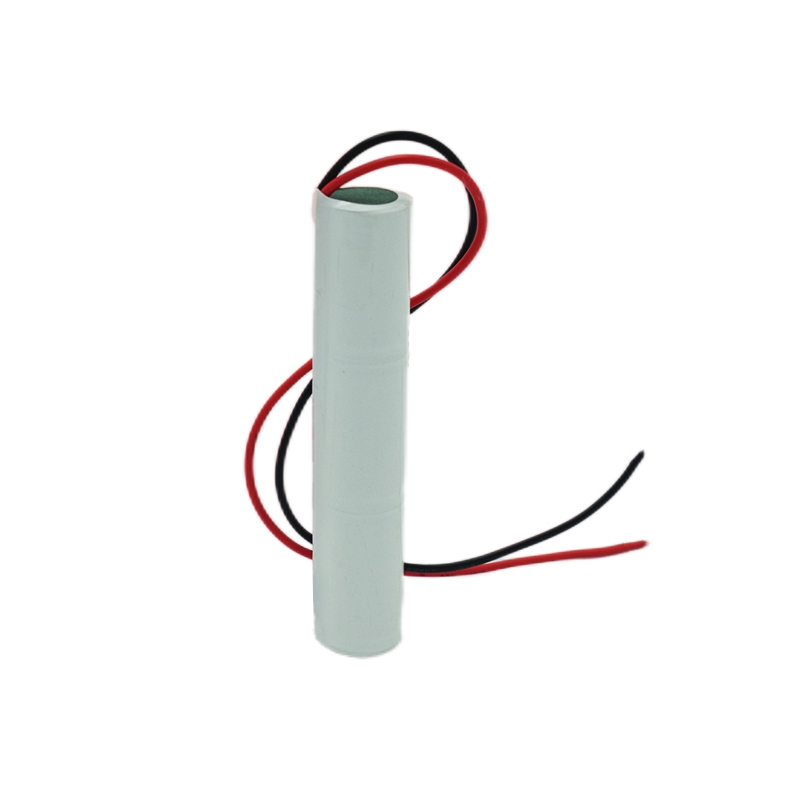 Nickel Cadmium Nicd Battery Pack SC1800mAh 3.6V
Nickel Cadmium Nicd Battery Pack SC1800mAh 3.6V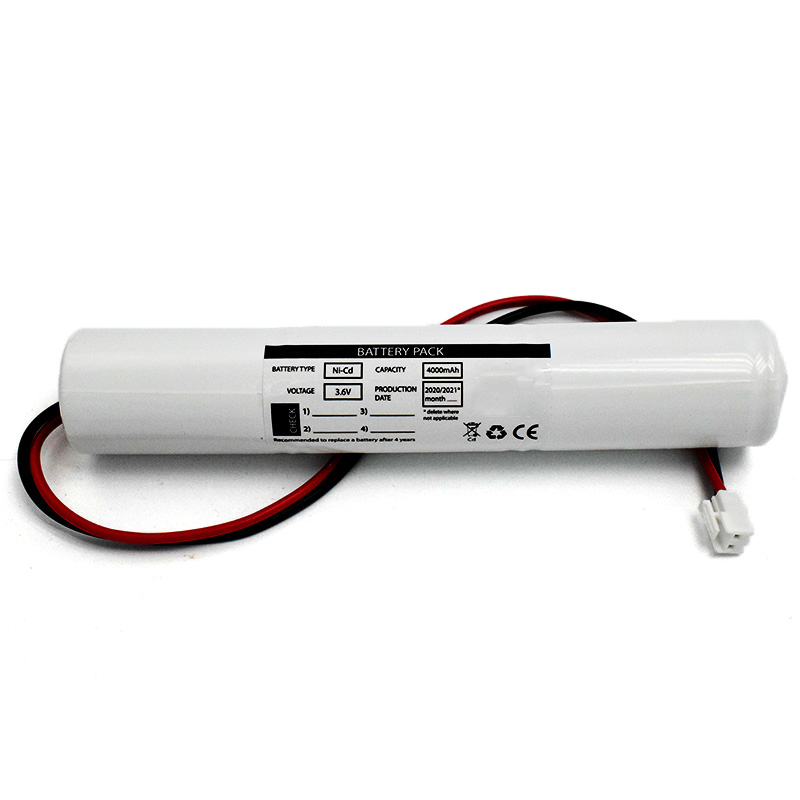 Ni-Cd Battery Pack D4000mAh 3.6V
Ni-Cd Battery Pack D4000mAh 3.6V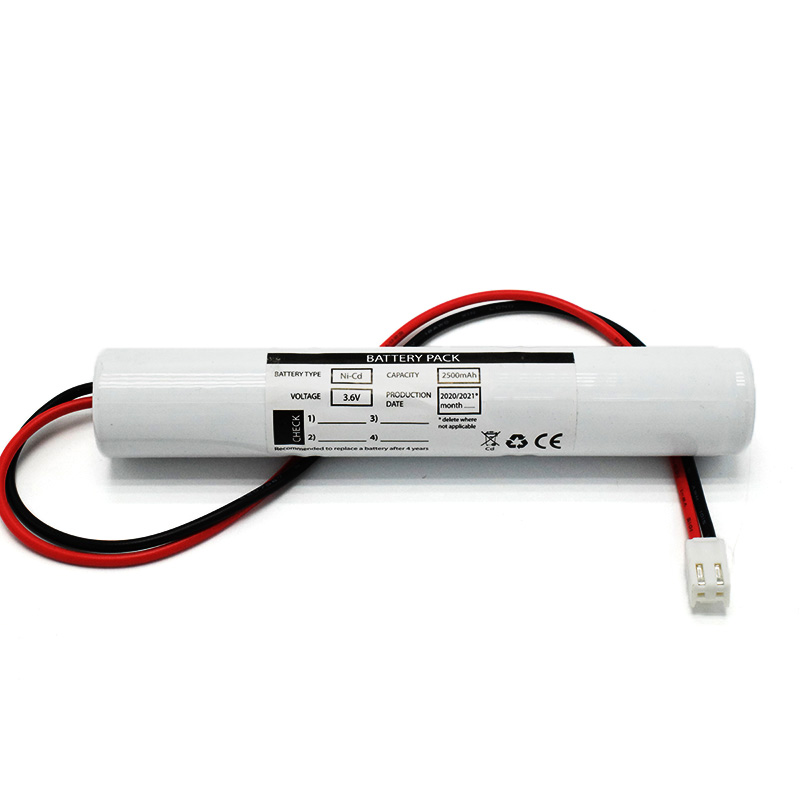 Ni-Cd Battery Pack C2500mAh 3.6V
Ni-Cd Battery Pack C2500mAh 3.6V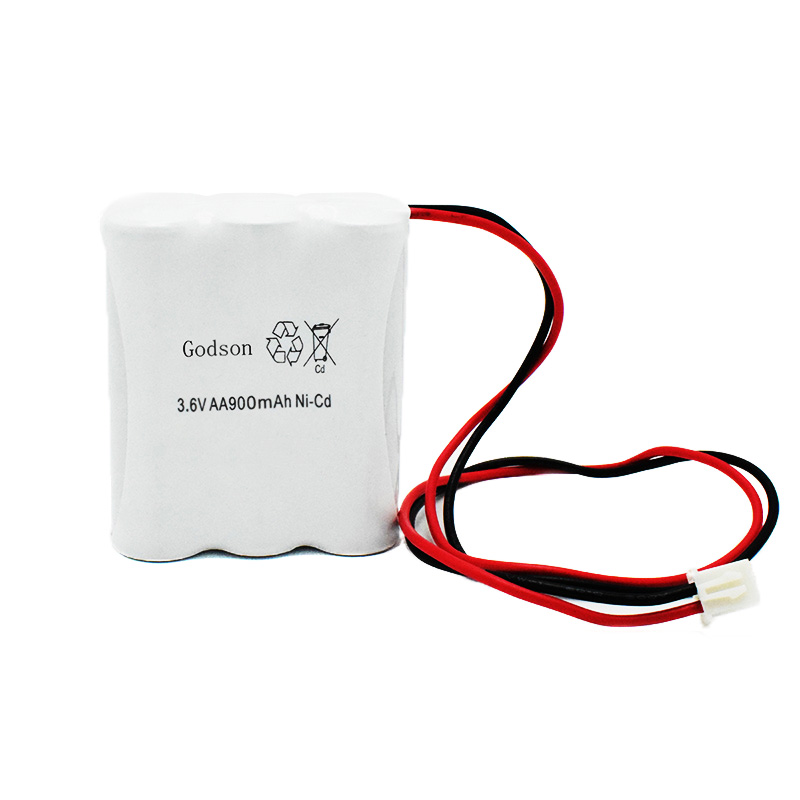 NICAD Battery Pack AA900mAh 3.6V
NICAD Battery Pack AA900mAh 3.6V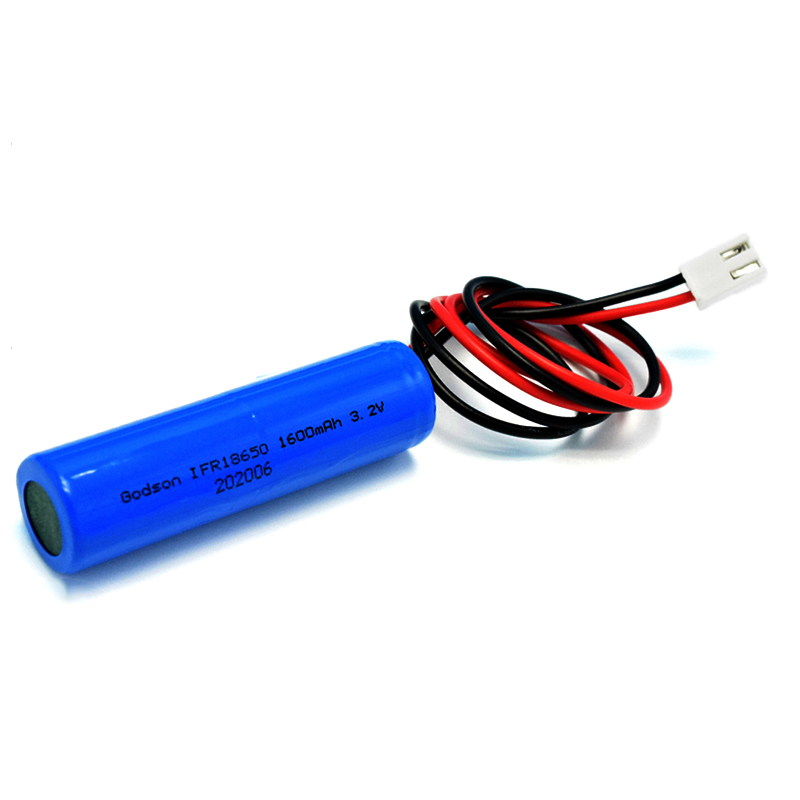 LiFePO4 IFR18650 1600mAh 3.2V
LiFePO4 IFR18650 1600mAh 3.2V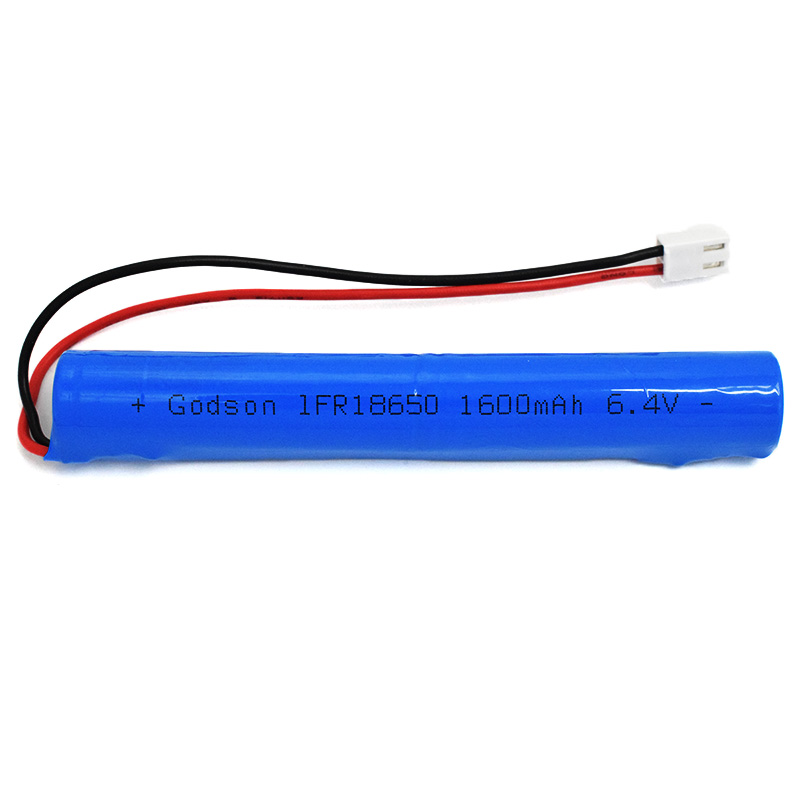 LiFePO4 IFR18650 1600mAh 6.4V
LiFePO4 IFR18650 1600mAh 6.4V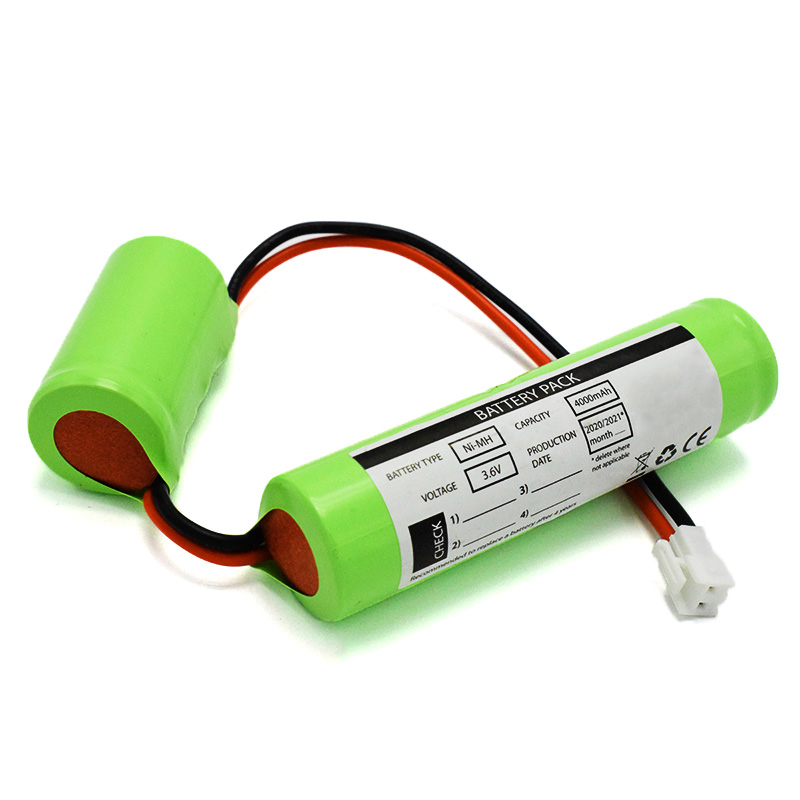 Ni-MH Battery C4000mAh 3.6V
Ni-MH Battery C4000mAh 3.6V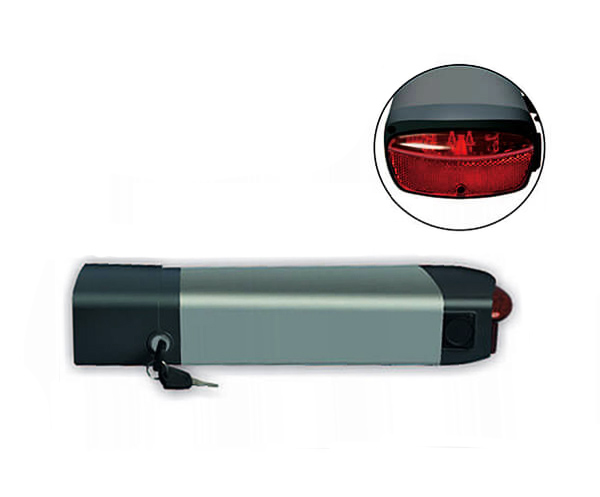 E-bike Battery 48V 10Ah JL-1
E-bike Battery 48V 10Ah JL-1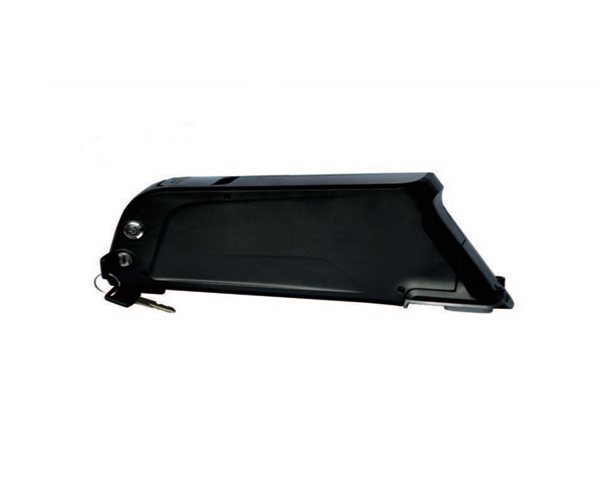 E-bike battery 48V 10Ah Qing Tian
E-bike battery 48V 10Ah Qing Tian